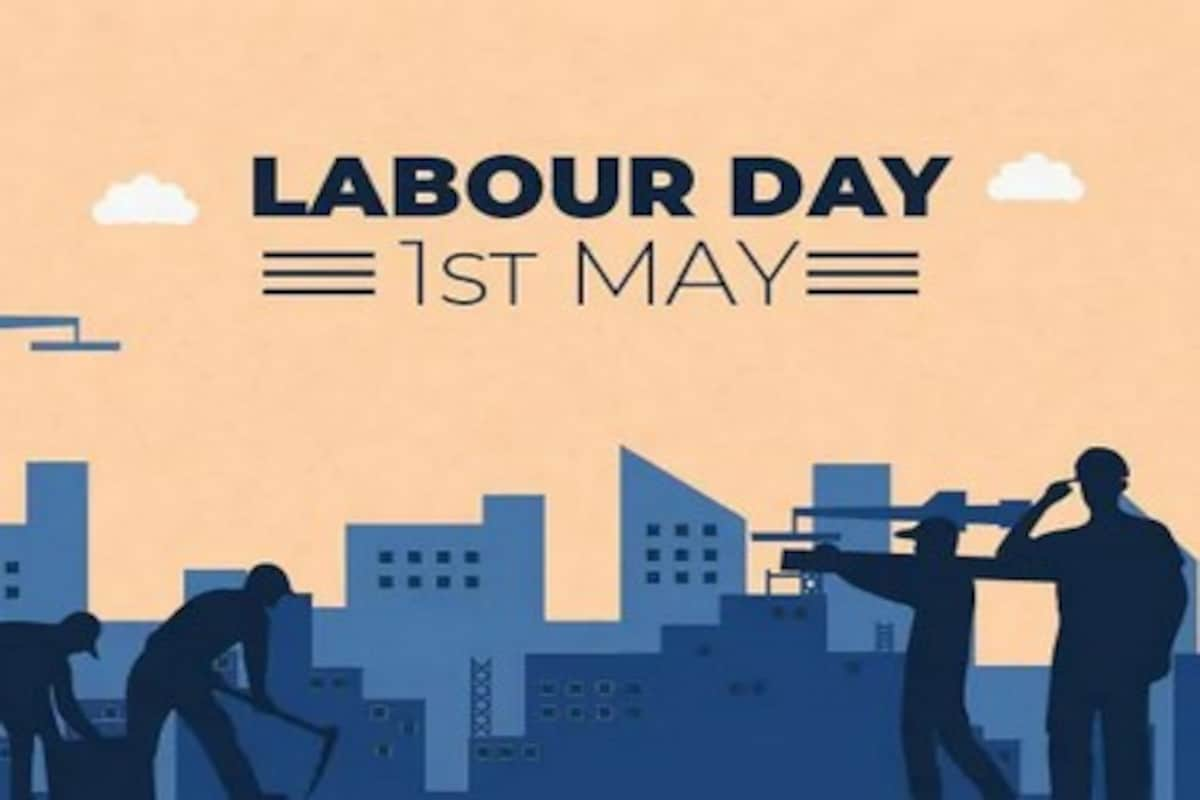By Katerina Dimarogkona,
Labour Day is one of those holidays on which we do not know a lot of things content-wise. We learn and feel good about all the rights we have today that earlier generations did not have and have a pleasant day off work. It has been seen as evidence of governments giving us more freedom and prosperity as time goes on. A part of the never-ending march of progress. But really, the fight for rights is turbulent and discontinuous; it is violent and bloody. If anything, the history of Labour Day reminds us of the fact that governments never give rights to anyone for free. But more importantly, that grassroots movements, regular people, can demand and affect real change in the pursuit of a brighter future. This moving fight that the Labour movement gave is what we commemorate on this day.
In the late 19th century, working conditions were hard. In fact, they were terrible and inhumane. People’s way of life was changing everywhere: gruelling manual labour was replacing traditional agricultural professions and discontent was rising. Interestingly, in 1890, when the US government first tracked the amount of time people worked, the average amount for full-functioning employees was 100 hours a week. People were working 10-16 hours a day, work done at that intensity was sure to destroy a labourer’s body in a few years, and thousands of workers were dying annually due to poor working conditions. Women and children were seen as cheap labour, many women making $6 per week, much less than a man would in their place.
These conditions led to a series of strikes, starting with the Haymarket affair, which took place in Haymarket Square, Chicago. When an unrecognized person threw a bomb at the police on May 4th, they again opened fire, resulting in 8 deaths and several casualties. This led to the arrest of several suspected communists, who were sentenced to death, with no real evidence. Most of them were hanged, but a few lived long enough to be later pardoned by a different judge. The outrage this caused inspired the first labour holiday in the Soviet Union and later, in most democratic countries.

That strike shocked people that were not aware of strikes before, and things started climaxing very quickly. American workers were striking more and more frequently during the 1880s, but they did not have much effect until the Pullman Strike (May 11th, 1894-July 20, 1894). After a recession, George Pullman fired about 30% of the workers in his sleeping railroad car factory. This led to a strike of gigantic proportions, to the extent that workers damaged hundreds of company railroad cars, at which point the National Guard was sent to break the strike. On July 7th, 1894, it opened fire at a crowd and killed 30 people protesting. A month before that, the government engaged in putting down the strike but was also concerned about what that would do for its image, creating a national holiday supposedly to honour labour.
What is strange is that, while this holiday started in the US, Grover Cleveland changed the date to one of the Pullman Strikes, since they did not want to be associated with international socialist movements. Now, in Europe, we celebrate the holiday on May 1st, while in the US they celebrate it in September. President Dwight D. Eisenhower then named May 1st as National Law Day to distract people from the real needs of the worker. After these incidents, American society was polarized. Some were becoming more anti-labour, while others were moved by the workers’ struggle.
What is important is to view history as a dynamic process and not to feel accomplished with the rights we have today. What is done, can be undone. What rights are won over can be taken back. On a more unsettling note, it acts as a reminder that power seeks to defend its interests, crushing brutally the same efforts it later recognizes as progress in society. The social tensions described here still exist within our society.
Let us see this day as a celebration of activism, and especially the unlikely victories of activism. There is power in unity, there is power in great numbers. No matter how much it seems like the worker’s fight against injustice is futile, labourers worldwide raised their voices against oppression and succeeded. Labour Day is a time to honour our inherent worth as workers, but also to remember to organize and act wherever poor working conditions still remain unresolved.
References
- Labour Day, wikipedia.org, Available here
- History of Labor Day, dol.gov, Available here
- May Day, britannica.com, Available here
- Celebrating Labour Day: the holiday Canada gave the world, nupge.ca, Available here




